Gukje Market Food Street (국제시장 먹자골목)
513.1101173757004m 32395 2024-03-06
36, Junggu-ro, Jung-gu, Busan
+82-51-245-7389
Gukje Market Food Street has more than 60 years of history as one of Busan's traditional markets' most famous food streets. It is known for a number of dishes, such as Chungmu gimbap served with sweet and sour squid salad, sweet-and-spicy tteokbokki, milmyeon (wheat noodles), dwaeji gukbap (pork and rice soup), sundae, patbingsu (shaved ice with red beans), and Busan’s iconic bibim dangmyeon (spicy glass noodles). These dishes are enjoyed on small stools next to the street stalls. The sight of the diners lining the stall is one of the defining views of traditional markets in Korea. Visitors can also find suitable clothing, shoes, and accessories here.
Gukje Market (국제시장)
517.7398897186431m 109029 2023-01-09
Area of Sinchang-ro 4-ga, Jung-gu, Busan
+82-51-245-7389
Following the Korean War, refugees who fled to Busan set up stalls in order to make a living by selling smuggled or imported products, which developed into Gukje Market (gukje meaning "international" in Korean) of today.
Gukje Market is one of Korea’s largest markets. The market's alleyways are lined with stalls selling diverse goods, particularly machinery tools, kitchenware, and clothing. To the market's right is an alleyway lined with charity stores, and to the left is Kkangtong Market.
Gukje Market Youth Street (국제시장 젊음의거리)
527.6661096856076m 10288 2016-12-16
25, Gukjesijang 2-gil, Jung-gu, Busan
+82-51-245-7389
Youth Street is full of clothing and sports wear for young people. It boasts non-brand clothing items and accessories with unique designs. Suits and dresses are available at incredibly inexpensive prices compared to those in other areas.
Busan Jokbal (부산족발)
550.7203291587406m 4613 2024-03-15
13, Gwangbok-ro, Jung-gu, Busan
051-245-5359
Busan Jokbal is a famous jokbal (braised pigs' feet) restaurant in the Jokbal Alley near the Gukje Market. Its signature dish is naengchae jokbal (chilled braised pigs' feet salad), chilled braised pigs' feet tossed in sauce, which also serves as one of the defining dishes of Nampo-dong Food Street. The salad is a flavorful combination of braised pigs' feet, fresh cucumbers, jellyfish, and mustard sauce.
CheongKwanJang - Donggwang Branch [Tax Refund Shop] (정관장 동광)
551.8586031656469m 0 2024-04-18
133-1, Daecheong-ro, Jung-gu, Busan
-
Hannyang Jokbal (한양족발)
565.0069254032838m 13113 2017-03-06
13, Gwangbok-ro, Jung-gu, Busan
+82-51-246-3039
Hannyang Jokbal, located on Nampodong Food Street, is a Jokbal (steamed pigs’ feet) ‘Matjip’ (a term that refers to the most delicious restaurants in a certain area). Hanyang Jokbal is one of the most famous restaurants on the street, which is well known for jokbal.
The most famous dish at the restaurant is ‘Nangchae Jokbal’. This cold pigs’ feet dish is a specialty of Nampodong Food Street, but is hard to find in other parts of Korea. The combination of steamed pig feet, fresh cucumber, and jellyfish mixed with mustard sauce is a must-try food for visitors to Busan.
Busandaegyo Bridge (부산대교)
579.8153741258731m 29092 2019-11-13
41, Namhang-ro 9beon-gil, Yeongdo-gu, Busan
+82-51-600-4000
Completed in 1934, Busandaegyo Bridge connects Yeongdo Island to the mainland. It serves as an industrial road that facilitates the transport of freight and cargo from Yeondong-gu District, the center of the shipbuilding industry and an emerging port.
Busandaegyo Bridge is 260 meters long and 20 meters wide, with 16 meters for cars and 2 meters of sidewalk on each side. Boats of up to 14 meters in x_height can pass beneath the bridge, so ships can easily travel between the ports to the north and south. Situated parallel to Busandaegyo Bridge is Yeongdodaegyo Bridge, and the distance between these two bridges is about 100 meters.
Both ends of the bridge are connected to an elevated road that is 30 meters long and 16-20 meters wide. The bridge also leads to the expressway, which then connects to Gyeongbu Expressway.
Compared to other bridges built around the same time, Busandaegyo Bridge has a greater significance in the hearts of the citizens as it was built to commemorate the 100th anniversary of Busan Port and symbolizes the development of the city.
Yeongdodaegyo Bridge (영도대교)
593.9335674011422m 49918 2023-04-22
46, Taejong-ro, Yeongdo-gu, Busan
+82-1670-8114
Yeongdodaegyo Bridge, connecting Nampo-dong and Yeongdo Island, was the first bridge to connect the mainland to one of the nearby islands in Busan. The bridge lifted to allow ships to pass between the south and north ports, and made a passage for ships anywhere from two to seven times in one day. When the bridge was first constructed, many people would gather to watch the strange spectacle of a bridge rising up to point to the sky. The bridge remains a famous landmark of Busan even to this day.
Ihasi (아이하시 (수제젓가락공예))
596.0352073703889m 11471 2020-02-18
33, Gukjesijang 2-gil, Jung-gu, Busan
+82-51-253-3670
Ihasi boasts high-quality, handmade chopsticks that use only natural wooden materials and varnishes. Only natural lacquer is used for the part of the chopsticks that touches the mouth.
Ai Hasi - Busan Gukje Market Branch [Tax Refund Shop] (아이하시 부산국제시장)
596.4951326338751m 0 2024-04-18
1F, Bldg. A of Ihasi, 33, Gukjesijang 2-gil, Jung-gu, Busan
-
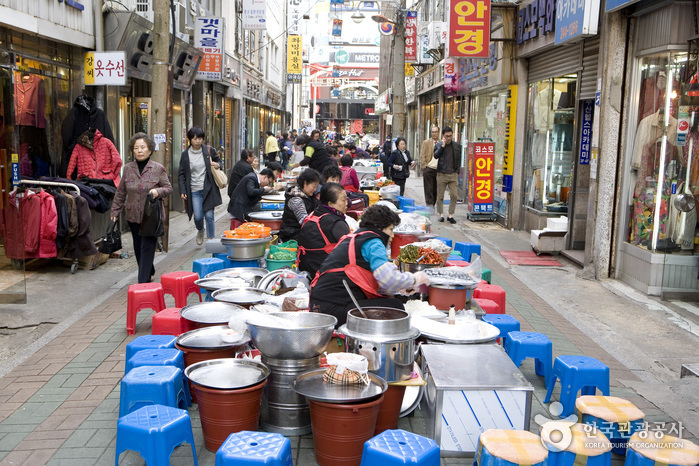

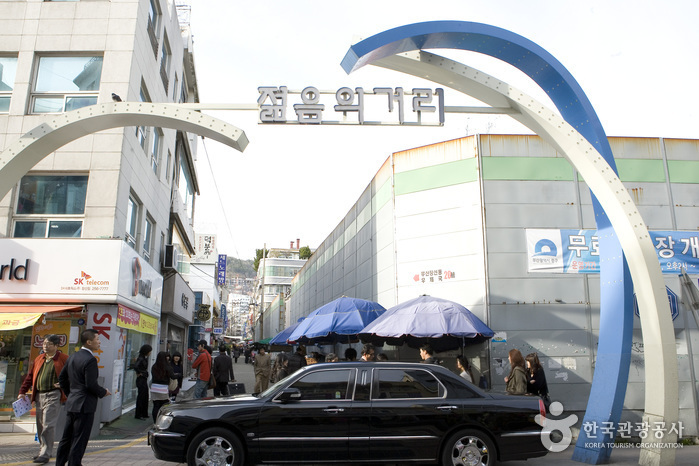
![CheongKwanJang - Donggwang Branch [Tax Refund Shop] (정관장 동광)](http://tong.visitkorea.or.kr/cms/resource/63/2889263_image2_1.jpg)
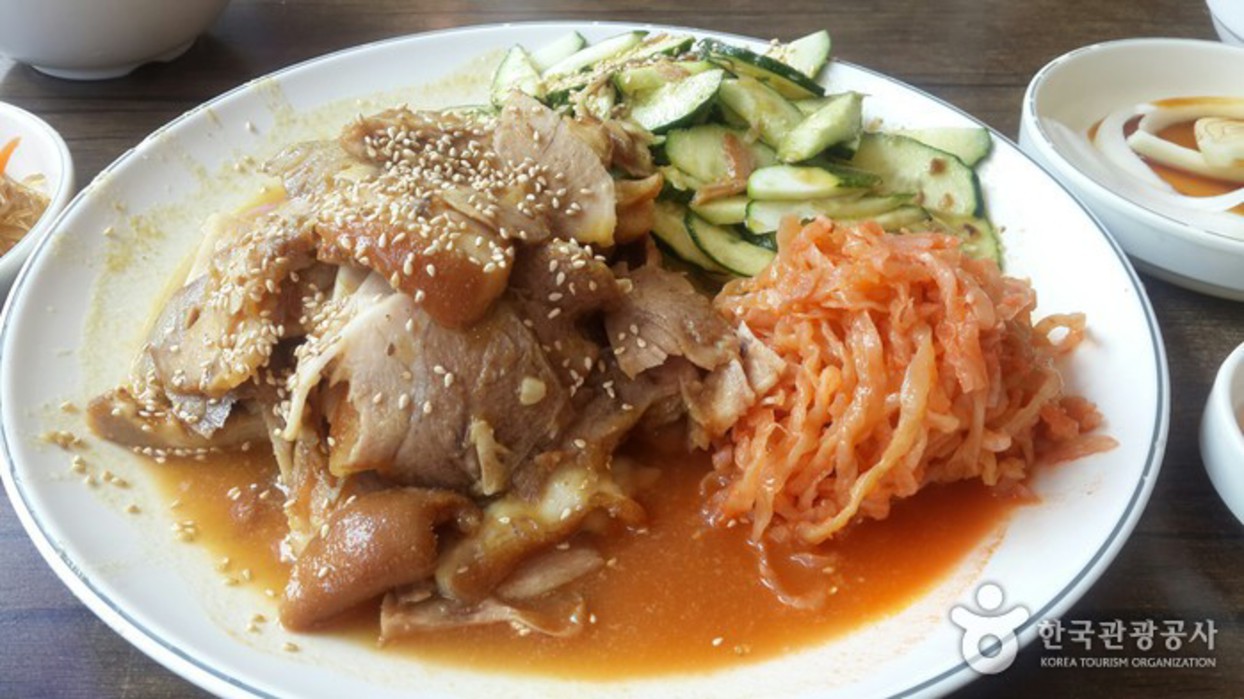
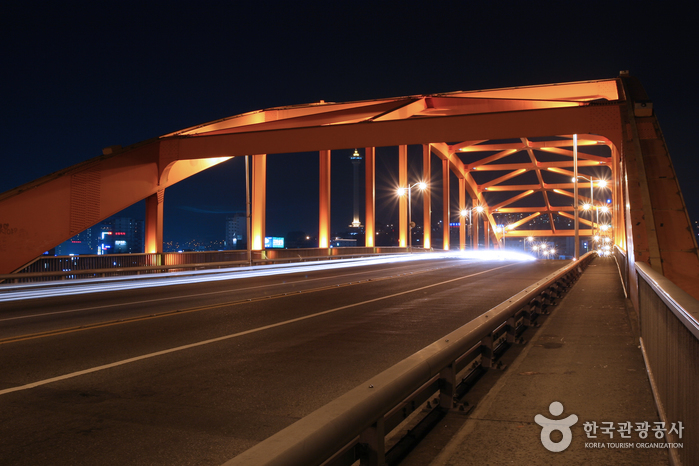
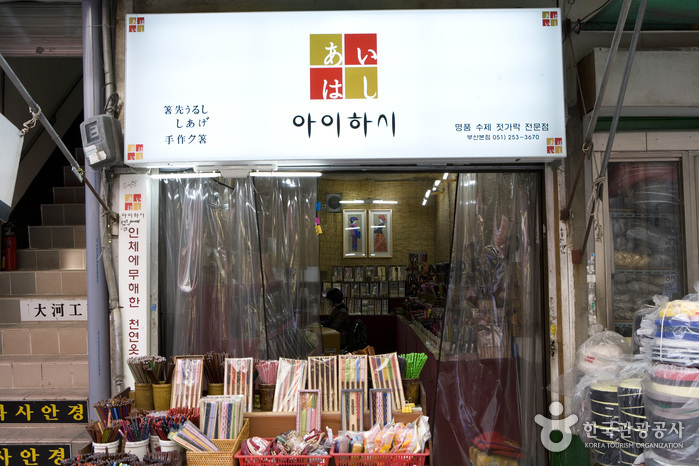
![Ai Hasi - Busan Gukje Market Branch [Tax Refund Shop] (아이하시 부산국제시장)](http://tong.visitkorea.or.kr/cms/resource/11/2889711_image2_1.jpg)
 English
English
 한국어
한국어 日本語
日本語 中文(简体)
中文(简体) Deutsch
Deutsch Français
Français Español
Español Русский
Русский